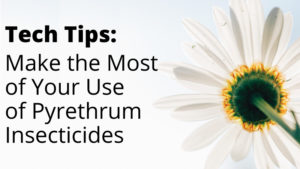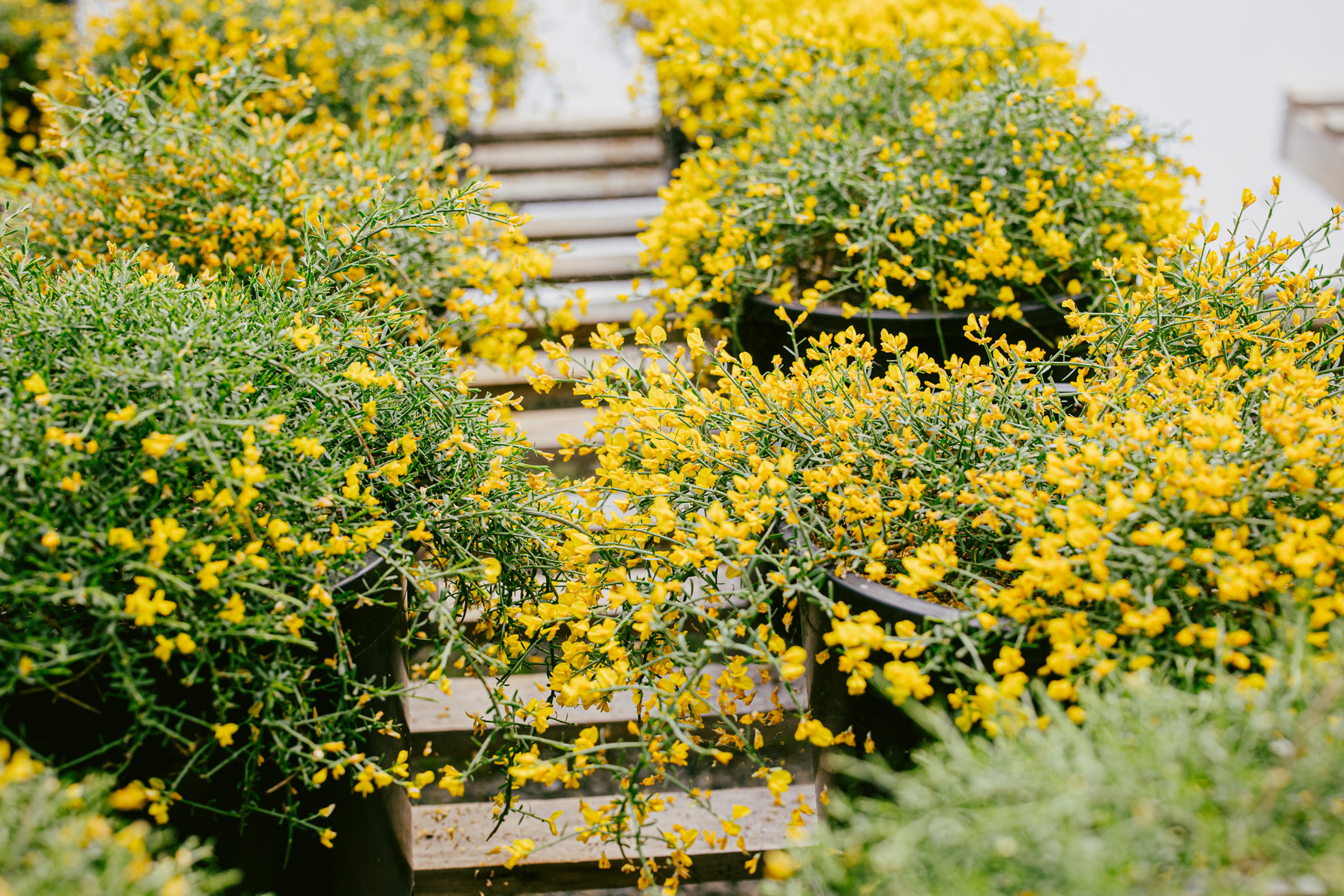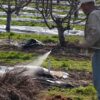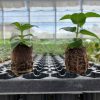
The use of botanical insecticides (such as pyrethrum, which is derived from chrysanthemum flowers) has a number of advantages over synthetic insecticidal compounds, including increased safety from phytotoxicity, short residual persistence, less risk of the formation of pesticide resistance, and often include OMRI Listing for organic use. Botanically derived insecticide active ingredients such as pyrethrum can increase worker safety due to shorter re-entry and pre-harvest intervals and are an excellent choice for incorporation into an Integrated Pest Management (IPM) program.
Along with these advantages, growers do need to keep in mind a few key application guidelines to maximize the effectiveness of their use of these botanically derived insecticides.
Learn more about PyGanic, and OMRI Listed Pyrethrum-Based Insecticide:
- PyGanic Specialty – for Professional Use: CLICK HERE
- PyGanic Gardening – for Retail/Home Garden Use: CLICK HERE
GENERAL APPLICATION GUIDELINES FOR PYRETHRUM INSECTICIDES
- Avoid application in direct sunlight or when temperatures exceed 90o F (32o C).
- The best times of day for application are just before dusk, or early morning before the sun is at full strength.
- Apply at the first sign of pest insects, do not wait until plants are fully infested.
- The pH of the final spray mix should be buffered to be between pH 5.5-7.0.
- The addition of a non-ionic surfactant may aid penetration and coverage, particularly where tight foliage, flowers, or thick canopies are present.
PYGANIC TANK MIX COMPATIBILITY
PyGanic is compatible with many insecticides, fungicides, adjuvants, liquid fertilizers, and wetting agents although care should be taken to avoid mixing with products that can shift the pH of the spray solution outside the range of 5.5-7.0. Products that are highly alkaline or highly acidic should be avoided. Prior to tank mixing, we recommend conducting a small-scale bucket test using the correct proportions with water to ensure physical compatibility and to check pH is within the desired range.
TIPS FOR MAXIMUM PYGANIC PERFORMANCE
- ENSURE GOOD SPRAY COVERAGE IS ACHIEVED: PyGanic is a contact insecticide and requires thorough coverage for best results.
- APPLY WHEN TARGET INSECTS ARE ACTIVE: Target times when the insect pests are visible and actively moving to increase direct contact.
- APPLY BEFORE INSECTS BECOME ENTRENCHED OR REACH MATURE GROWTH STAGES: Monitor crops closely and treat at the first appearance of insects, early in their growth stages whenever possible (ideally between first and second instar). Pre-harvest flushing applications are best applied leading up to and immediately before harvest (ensuring pre-harvest intervals are observed).
- APPLY IN EARLY MORNING, LATE EVENING, OR NIGHT: Reduced UV exposure and lower temperatures will increase performance and decrease the risk to pollinators.
- BUFFER THE SPRAY WATER IF REQUIRED: Keep the pH of the spray solution between 5.5 and 7.0 for better results. Test pH and add buffer as required.
- APPLY WITH A NON-IONIC SURFACTANT: The performance of PyGanic has been shown to improve when applied with a surfactant.
- CONSIDER MULTIPLE APPLICATIONS: Trial work has shown that 2 or more applications of PyGanic, 3 to 5 days apart, significantly improves the final result, for both pre-harvest clean-up and in-season applications.







